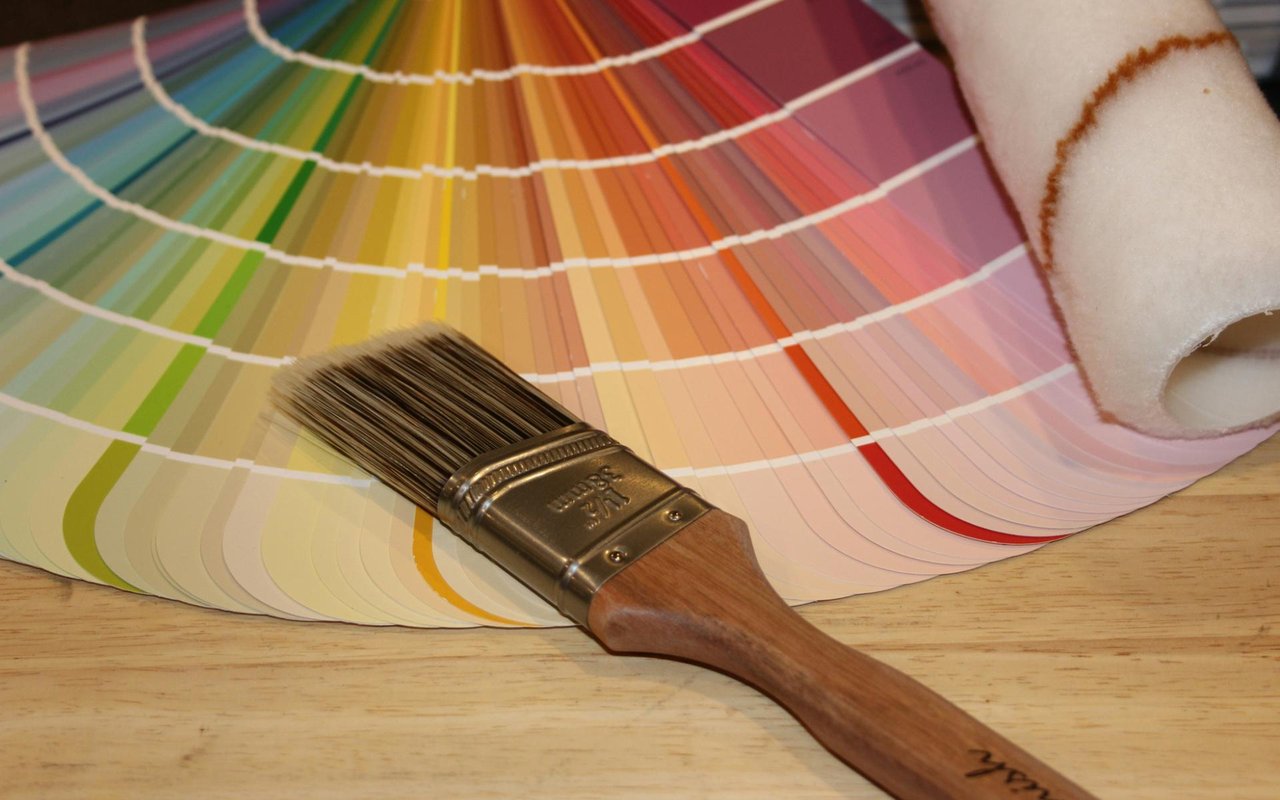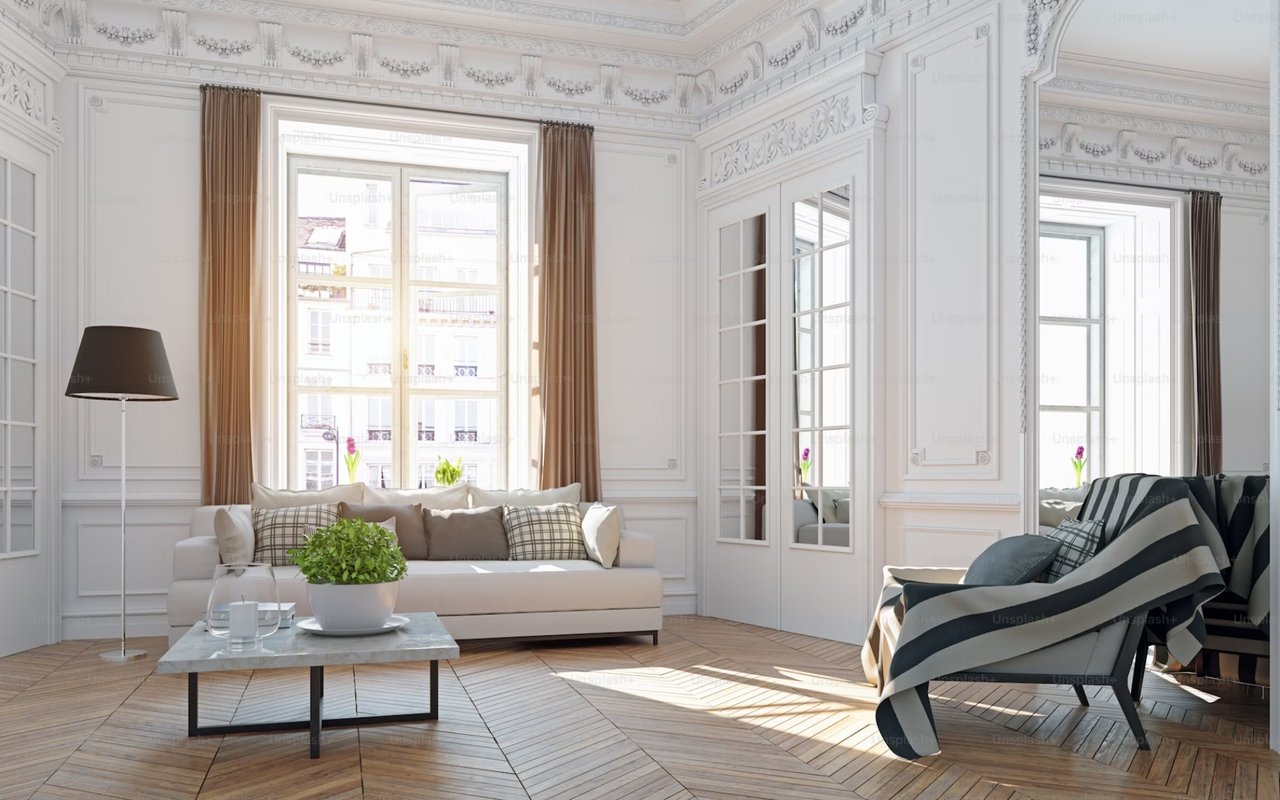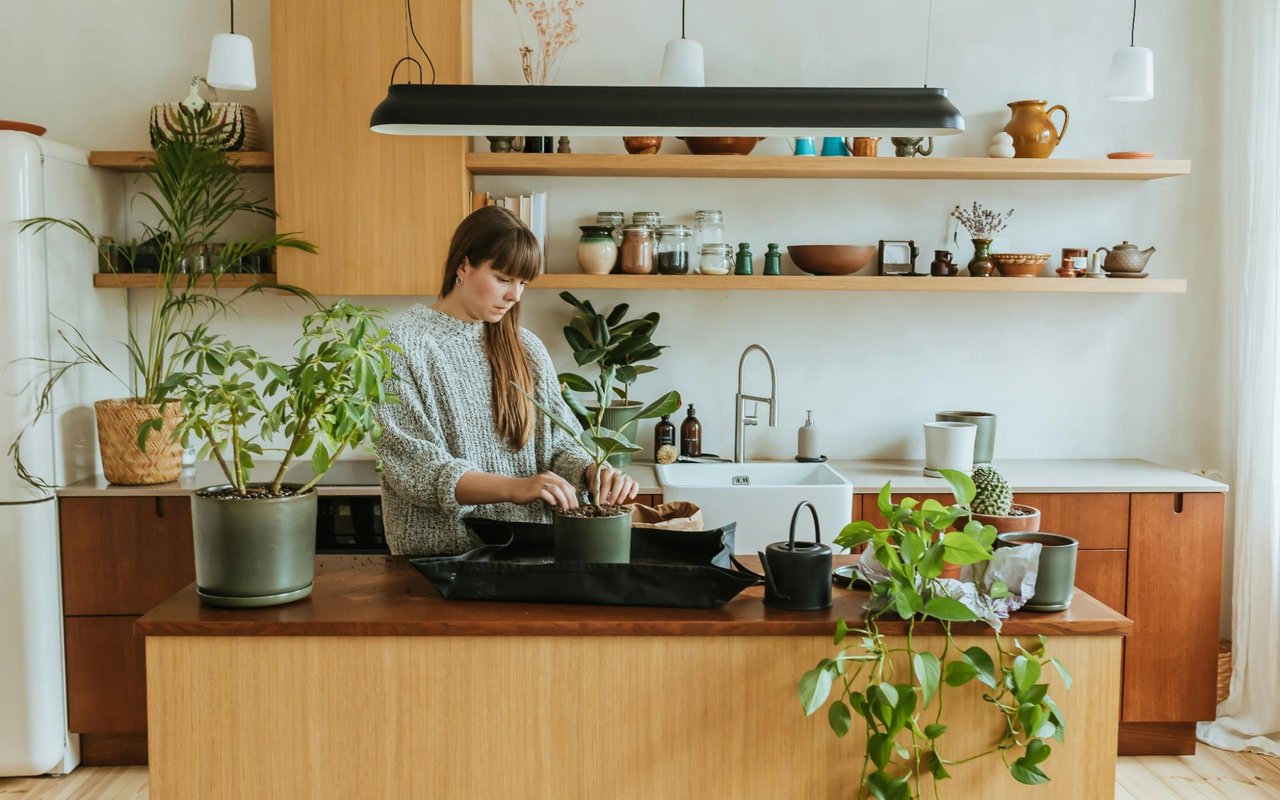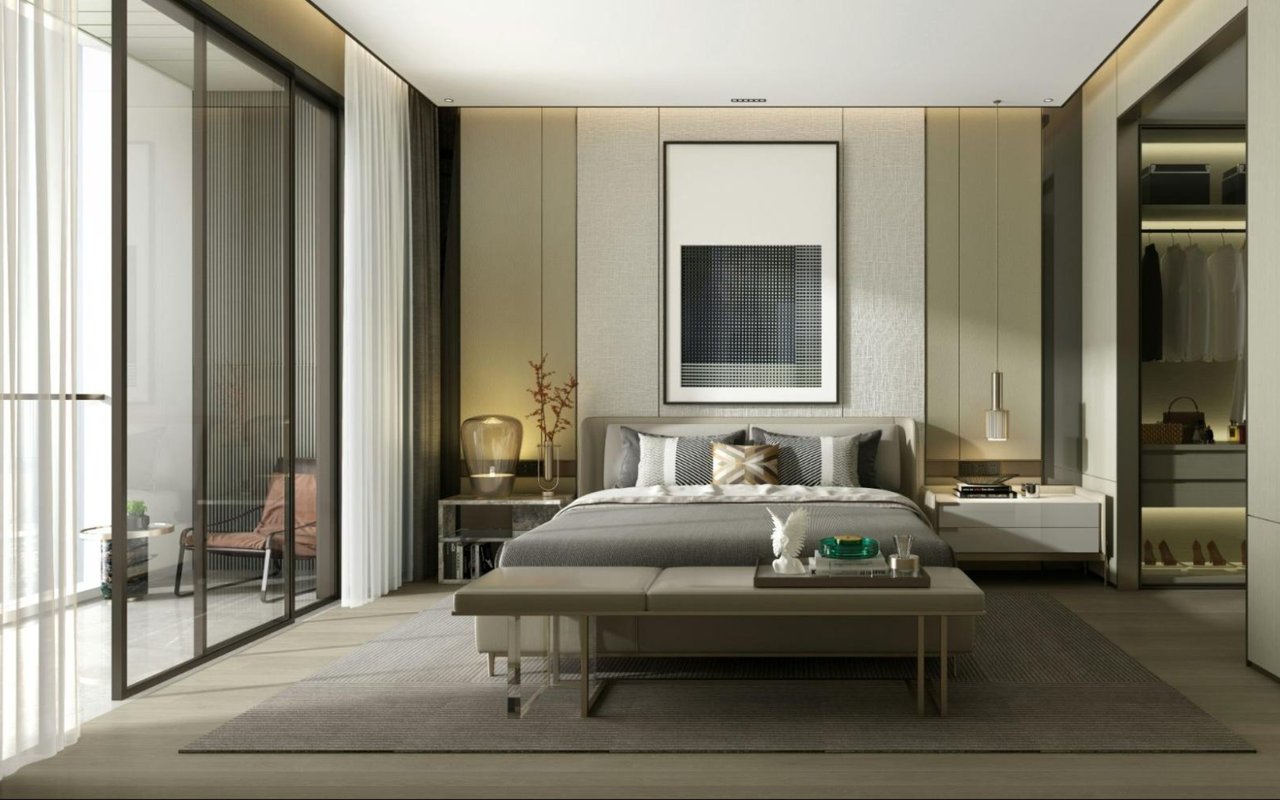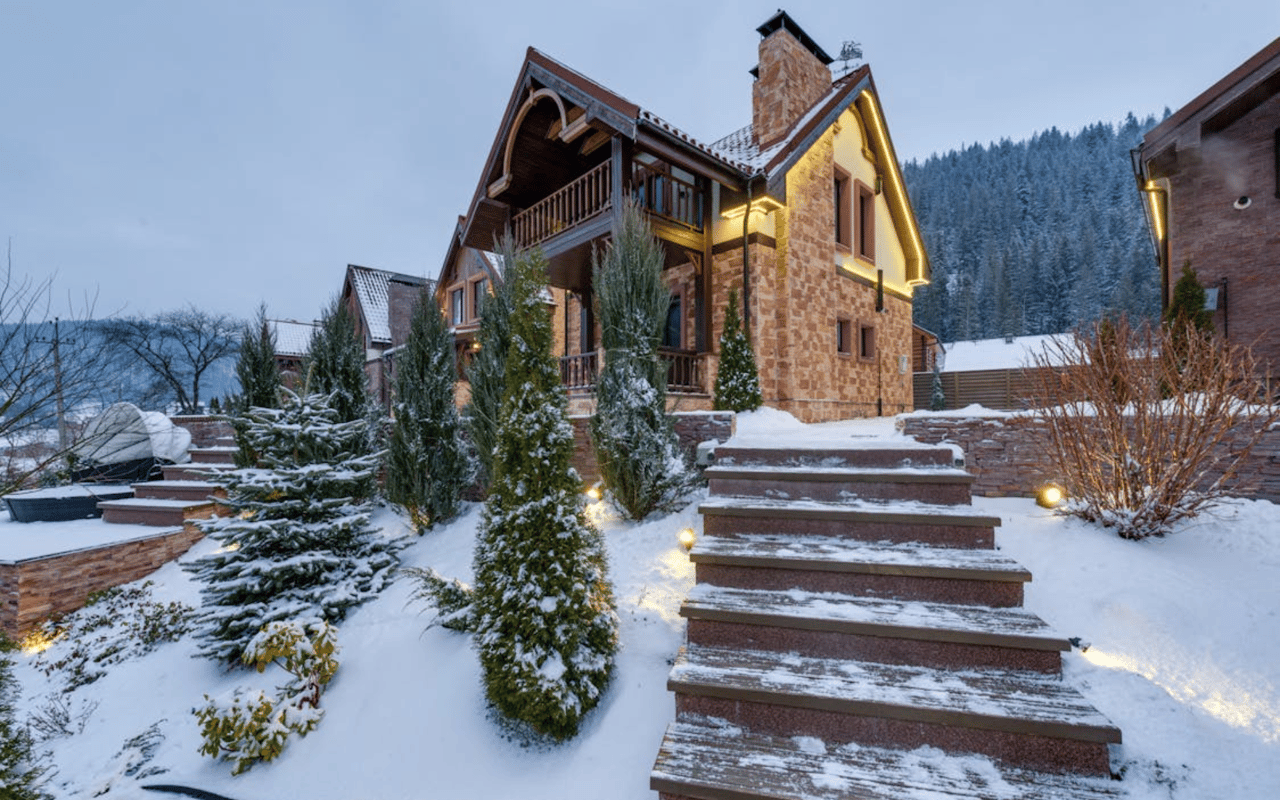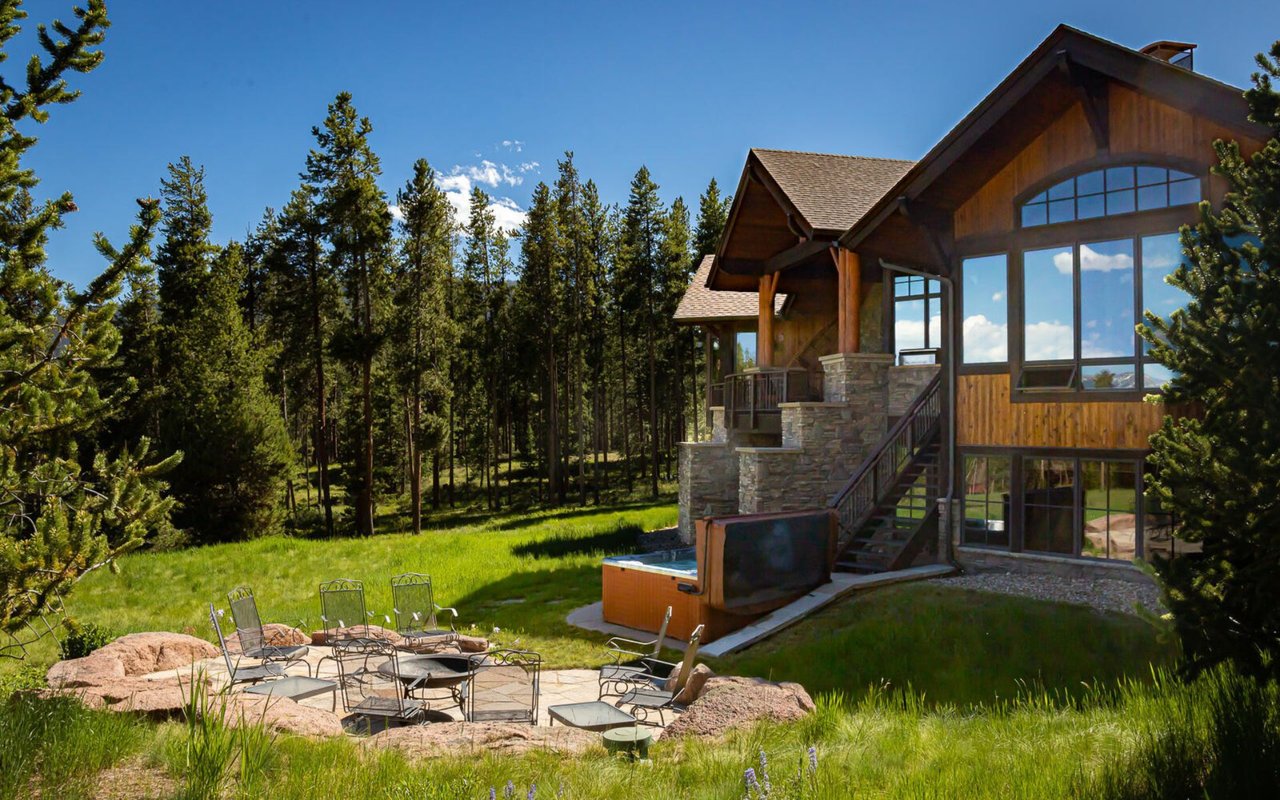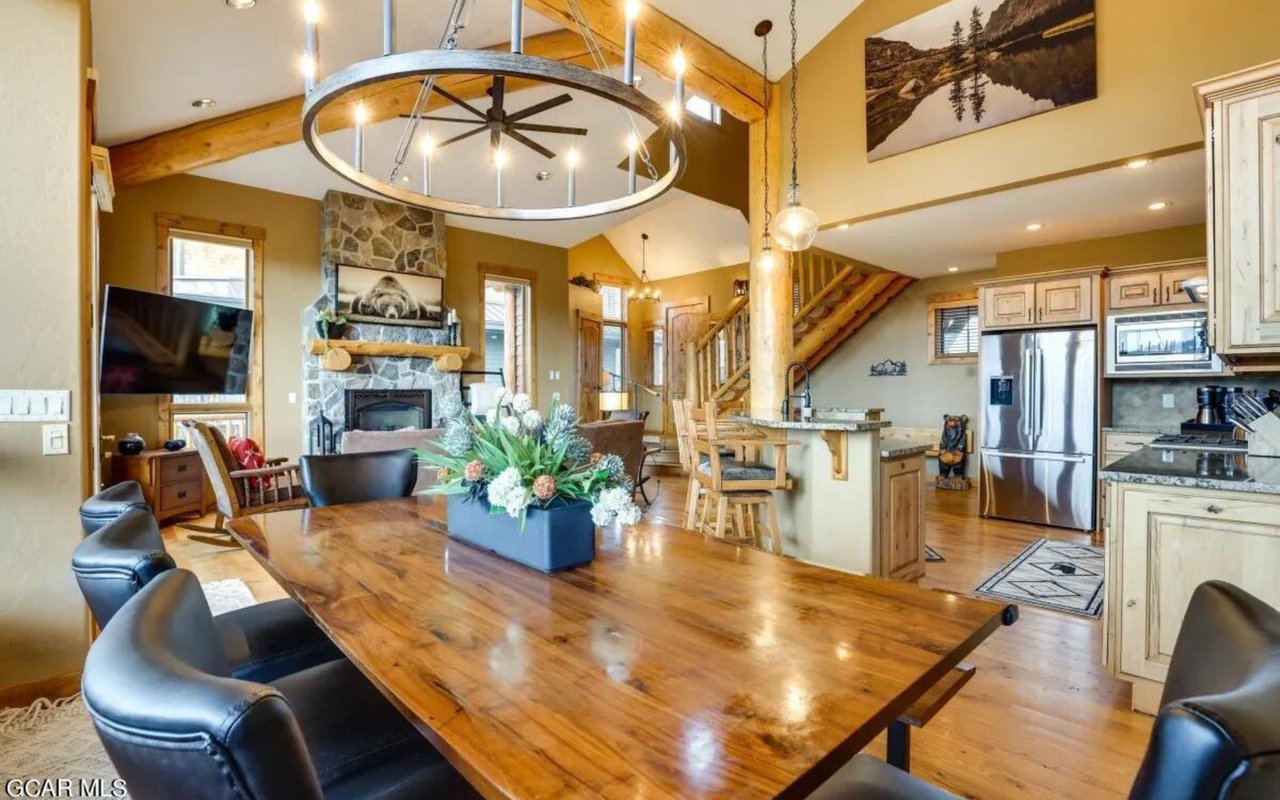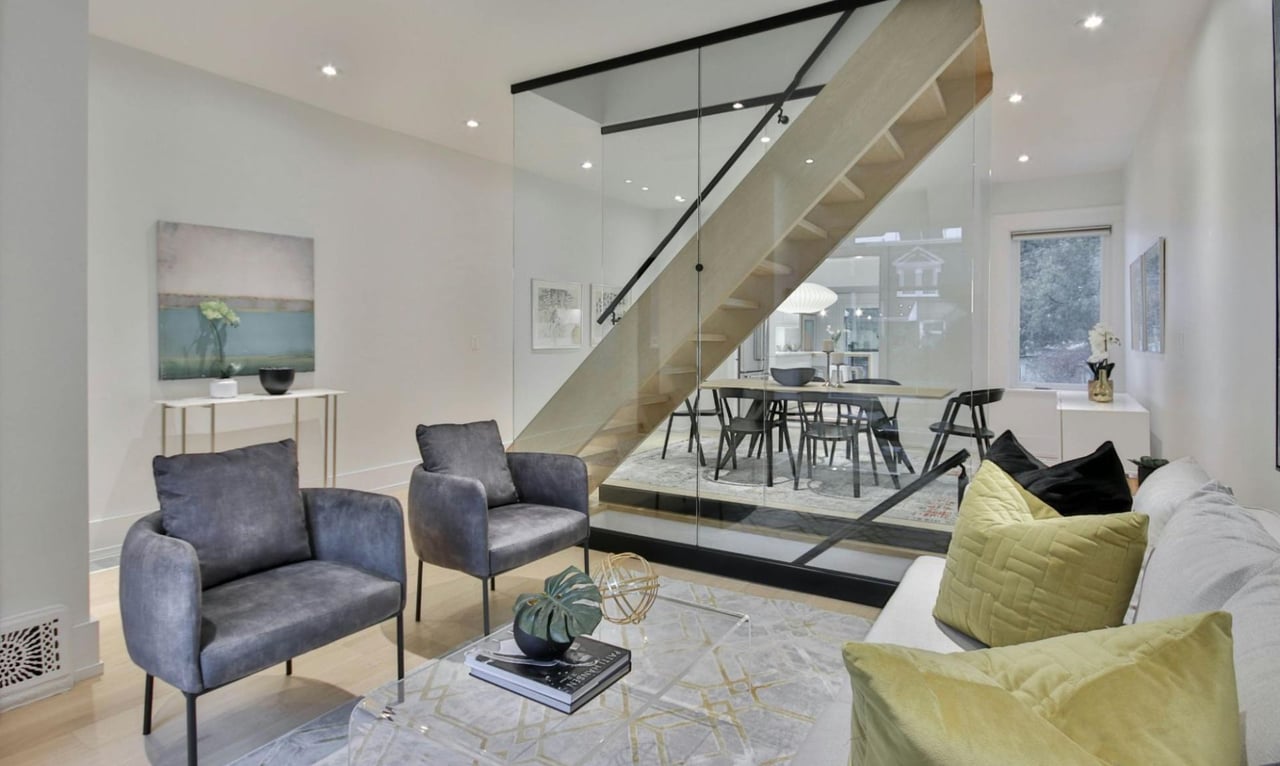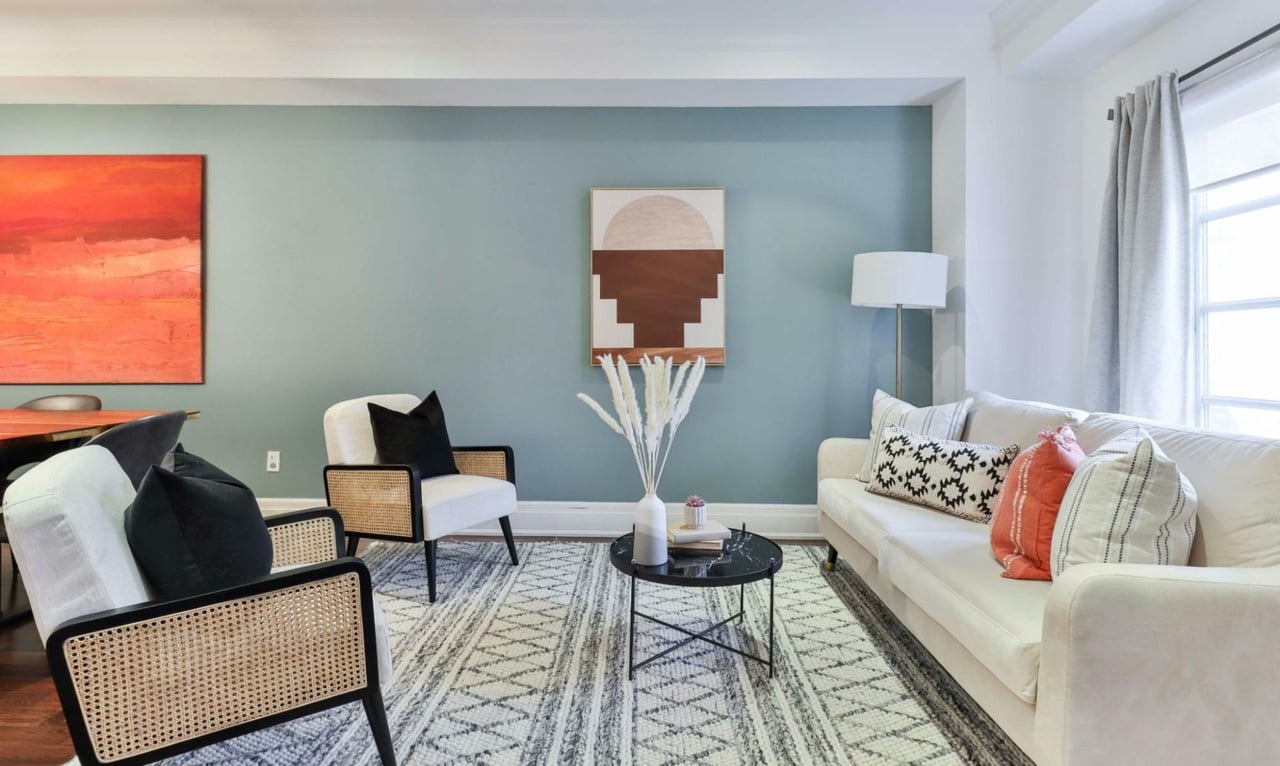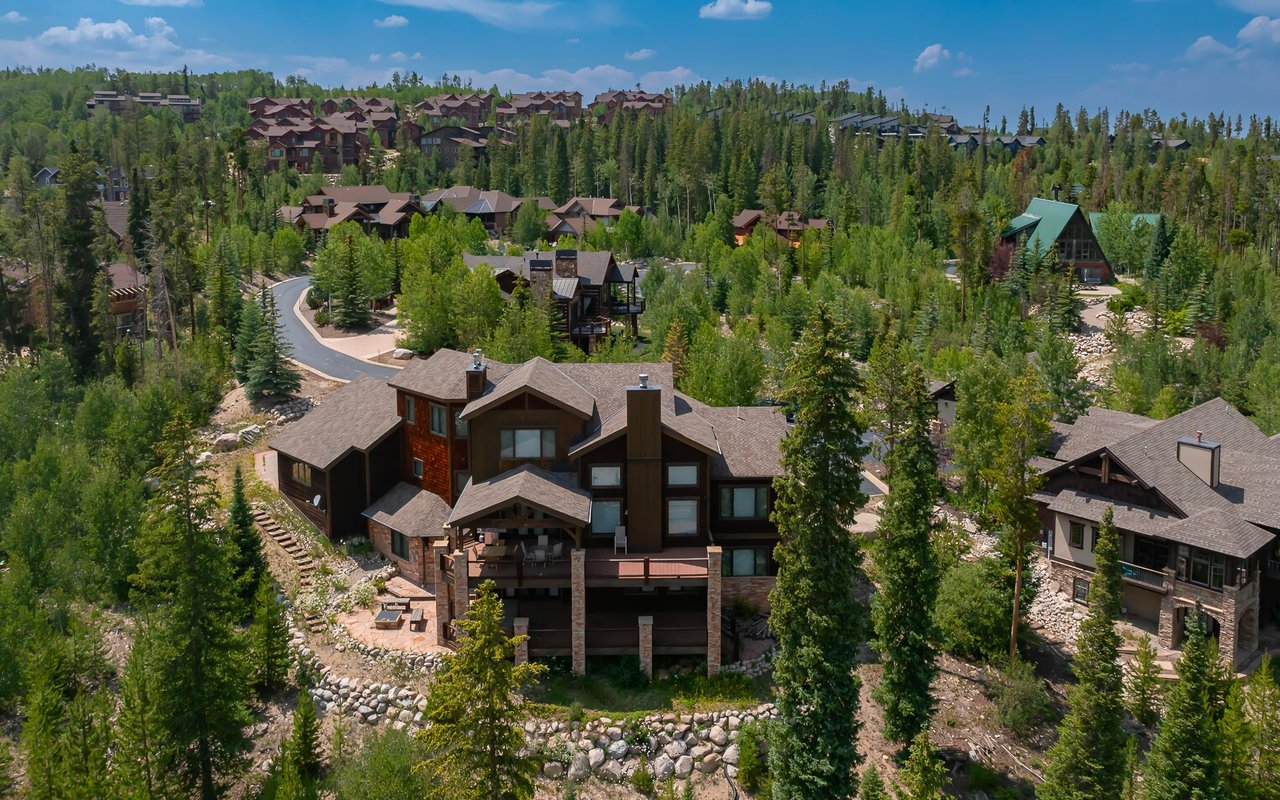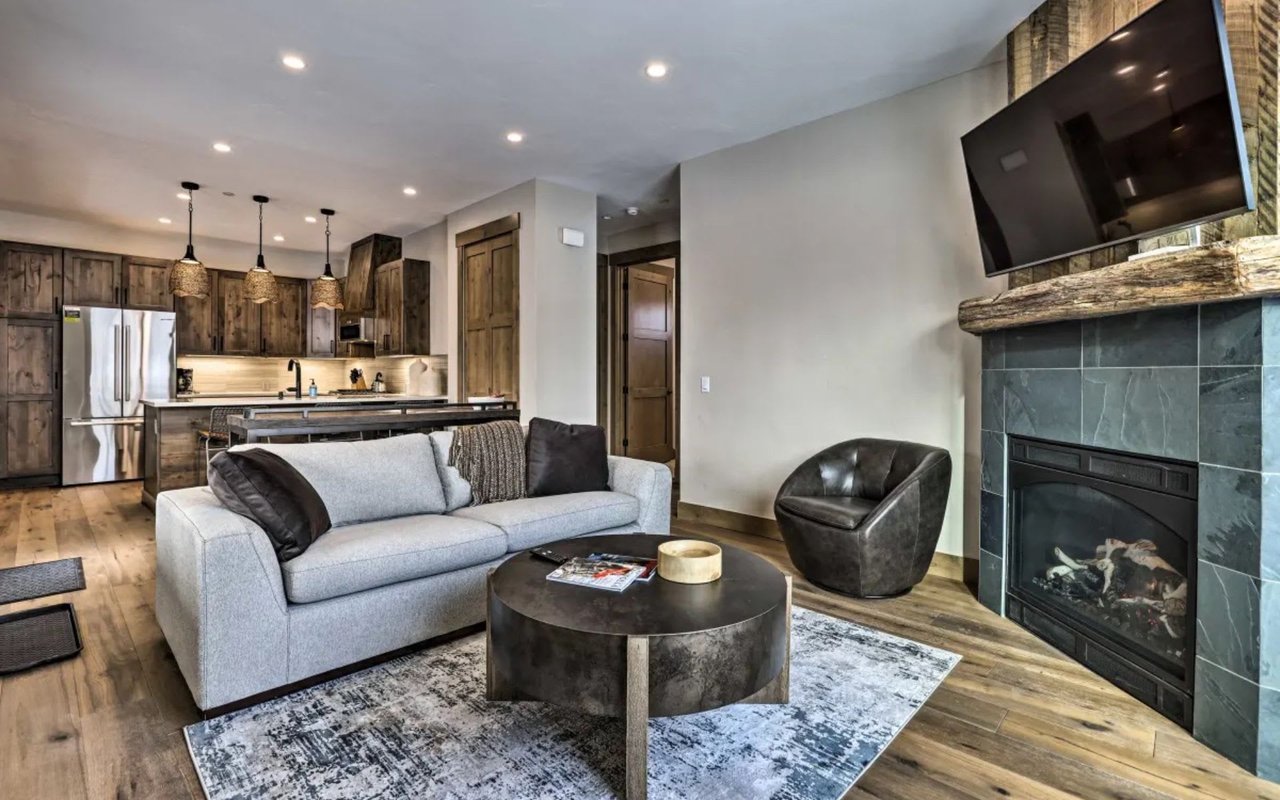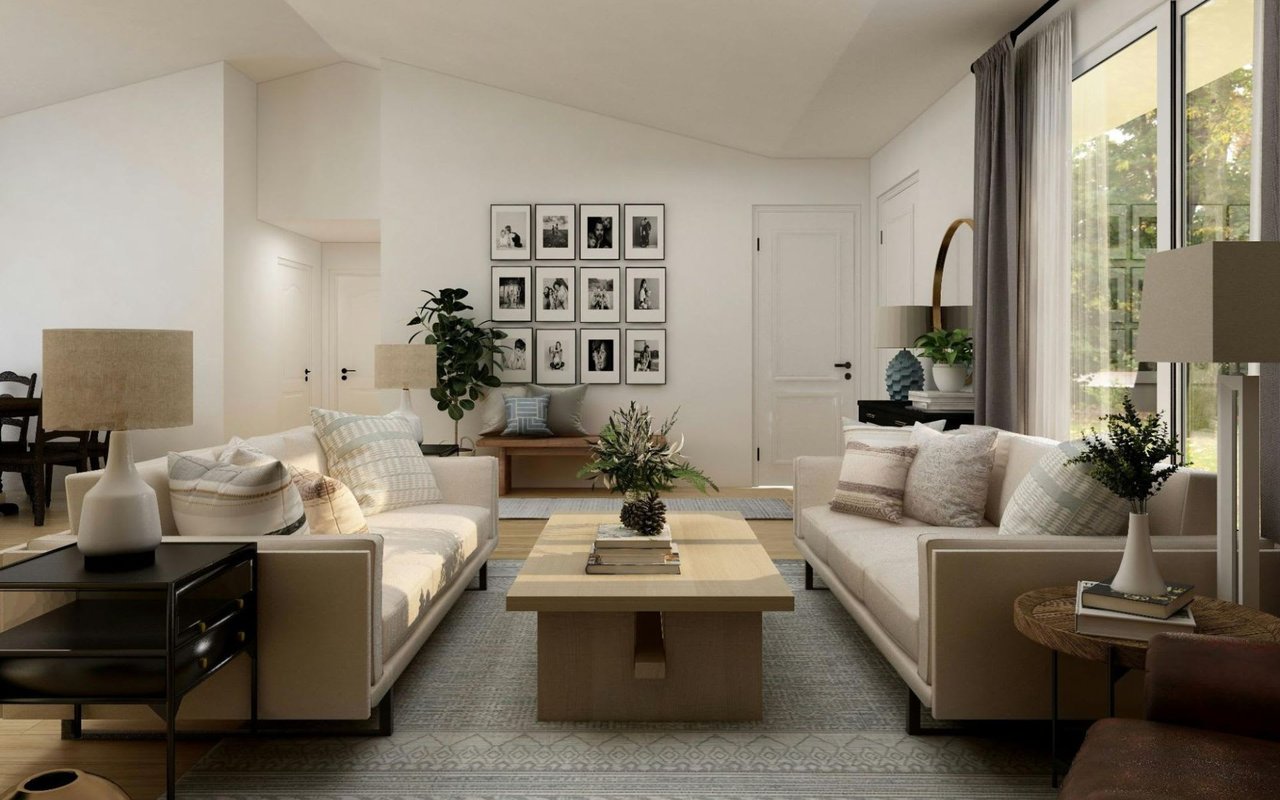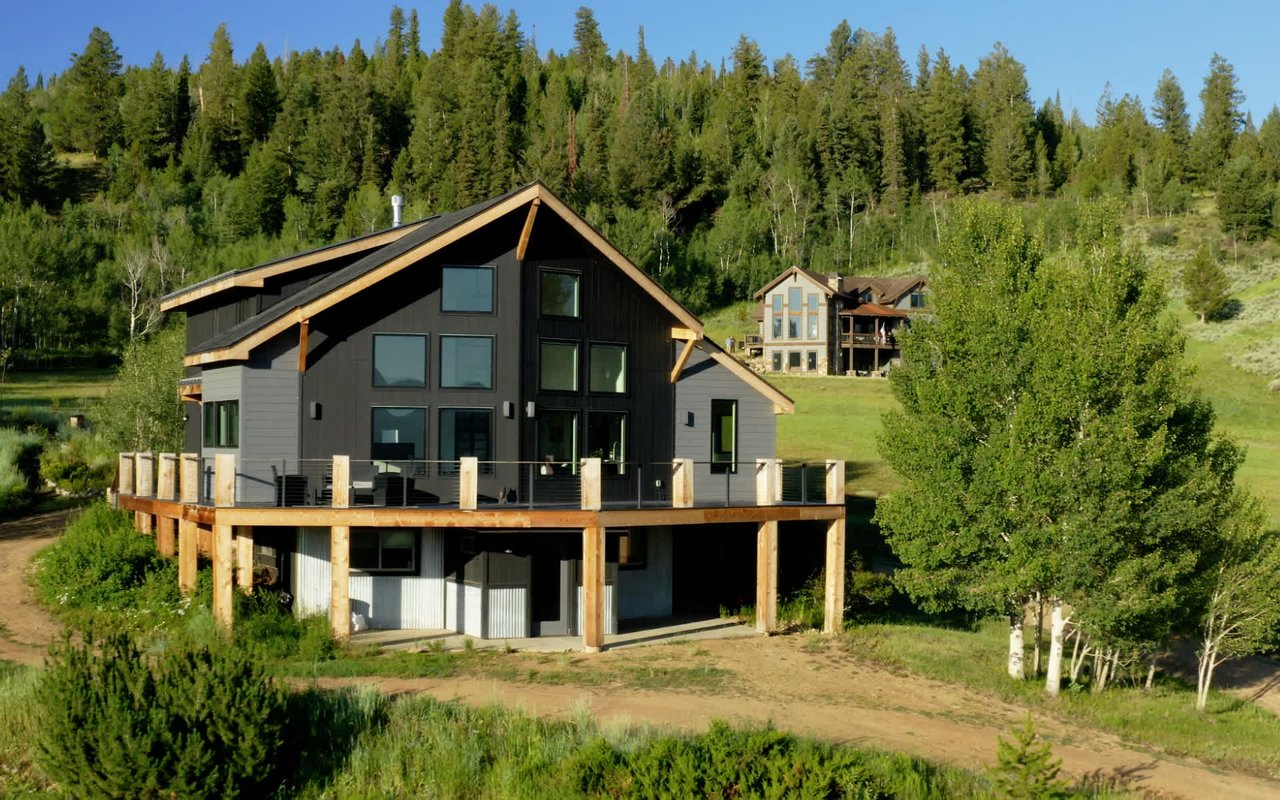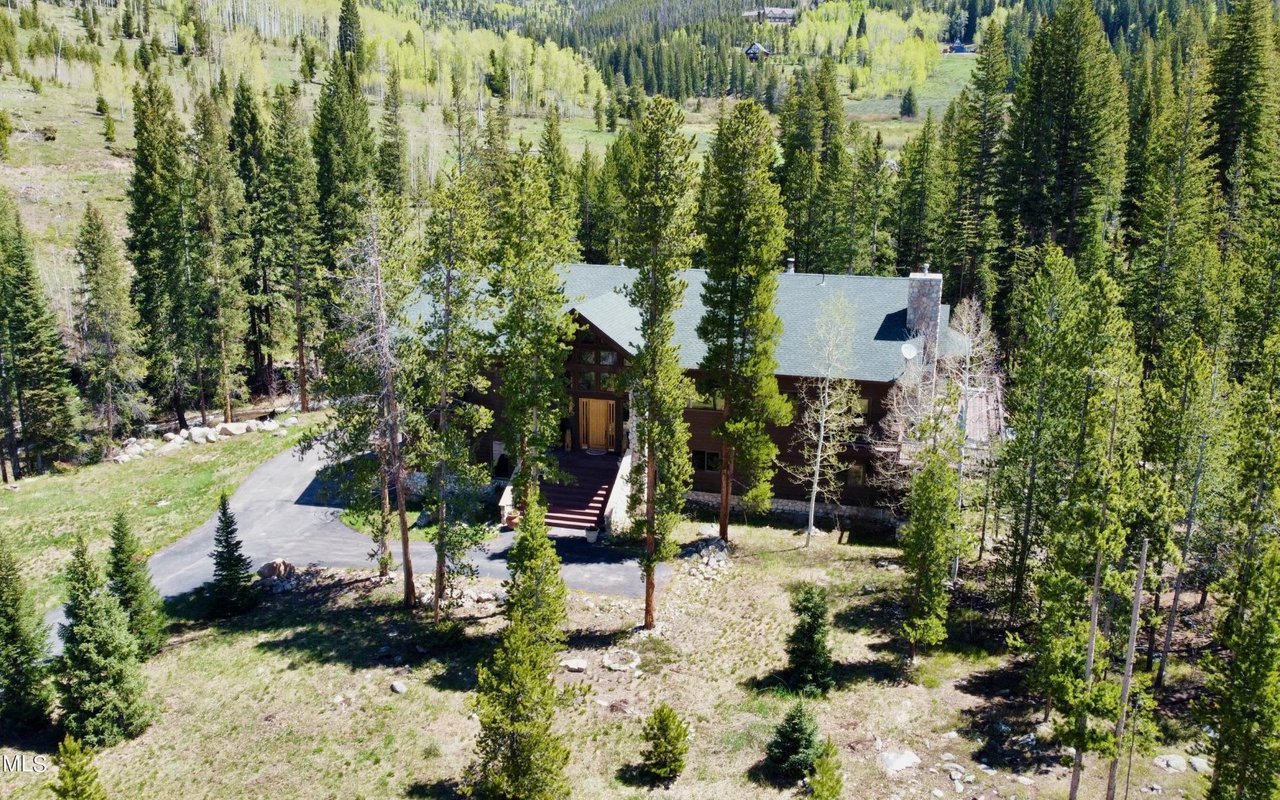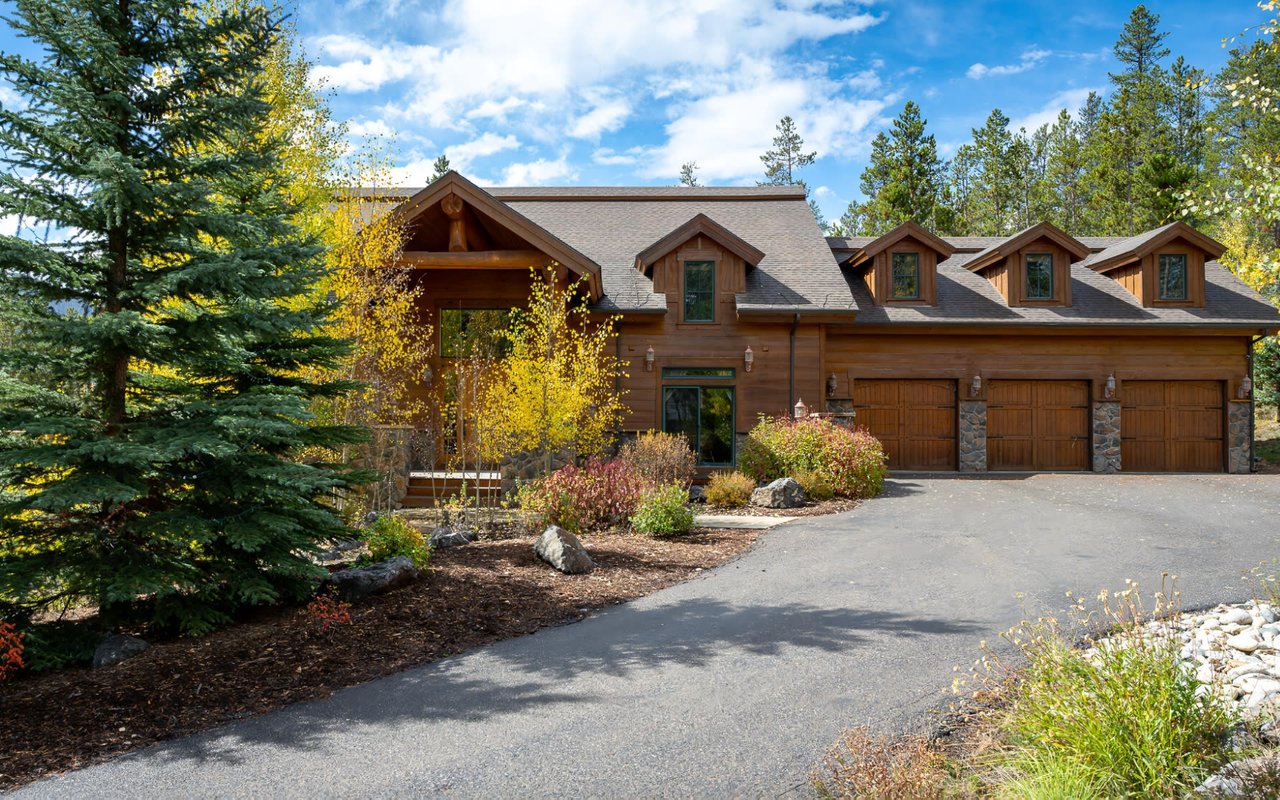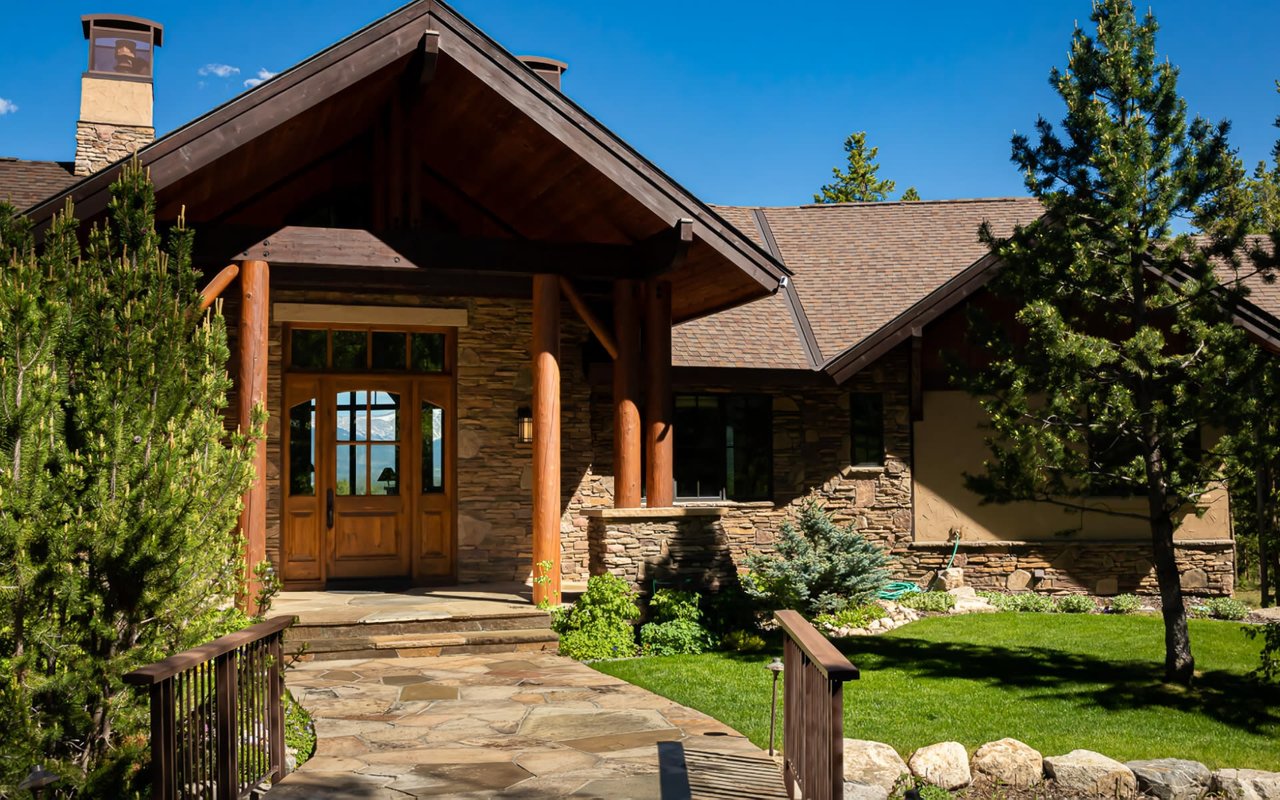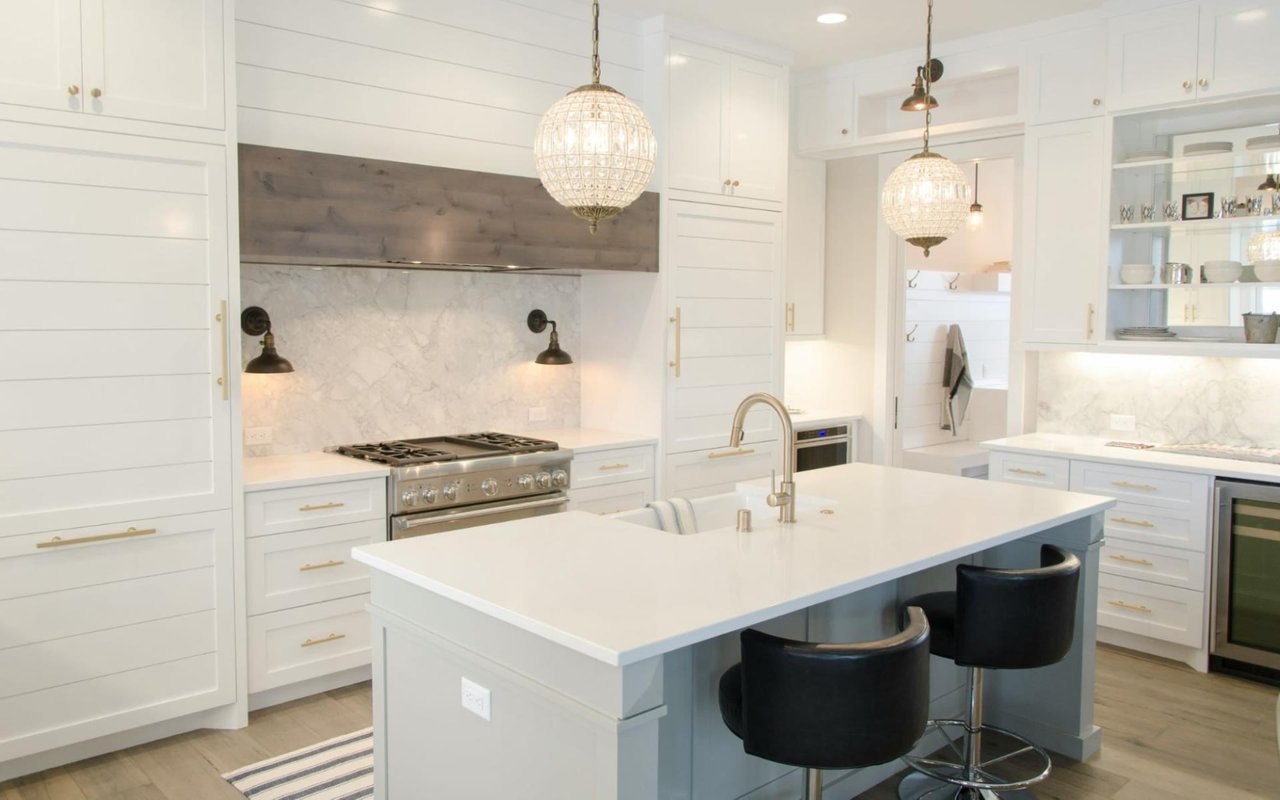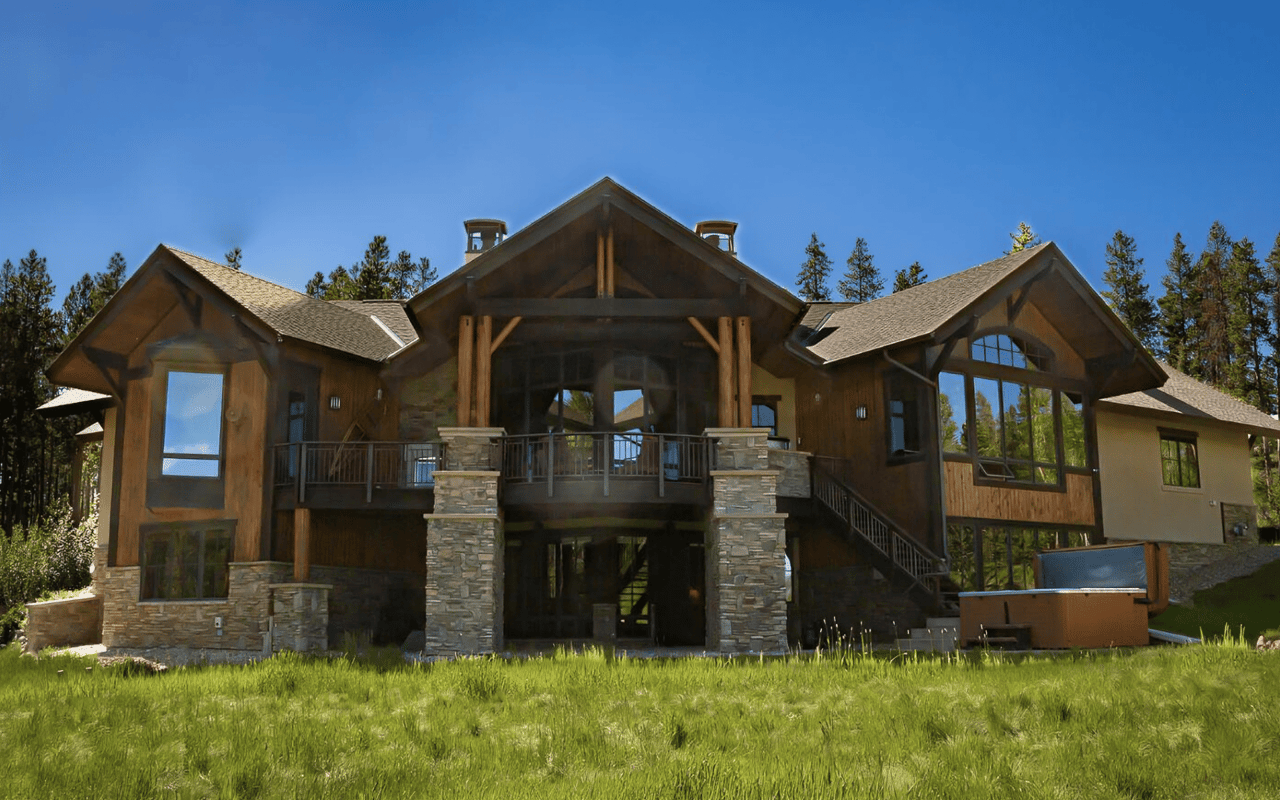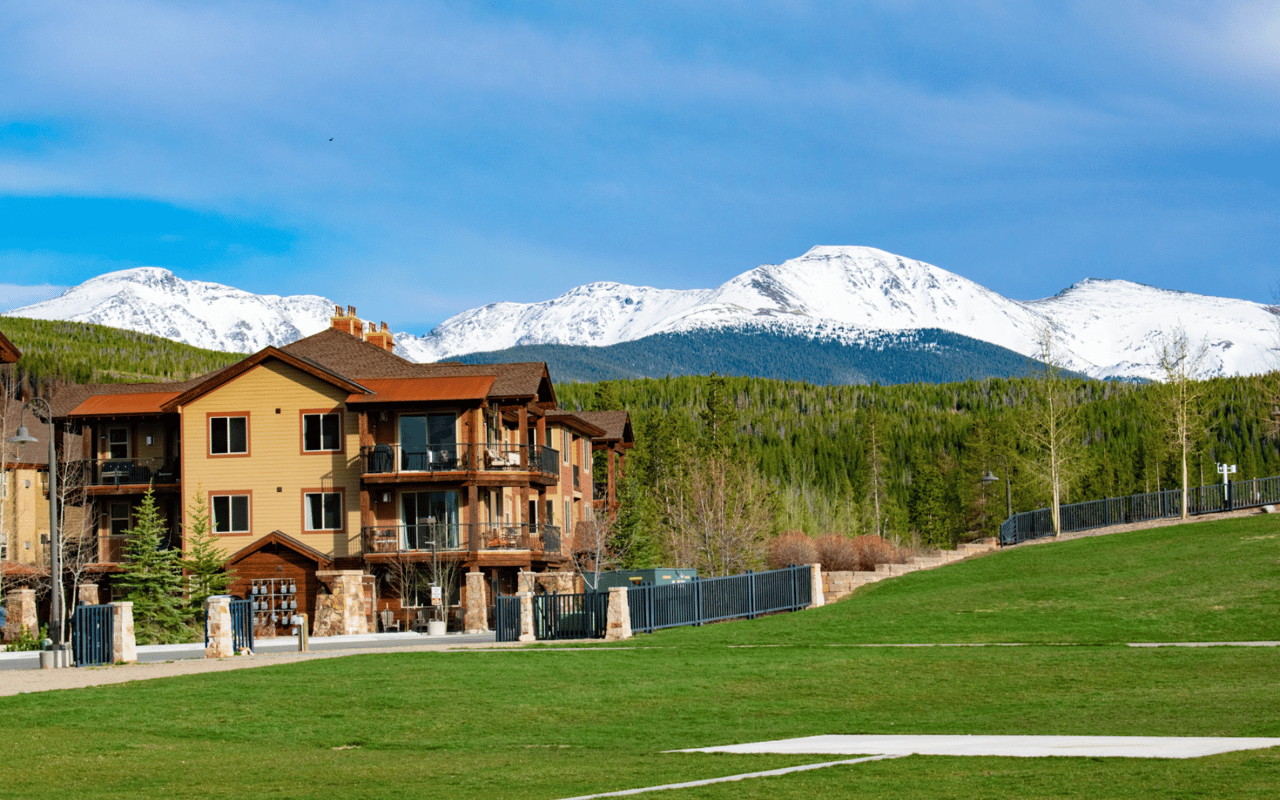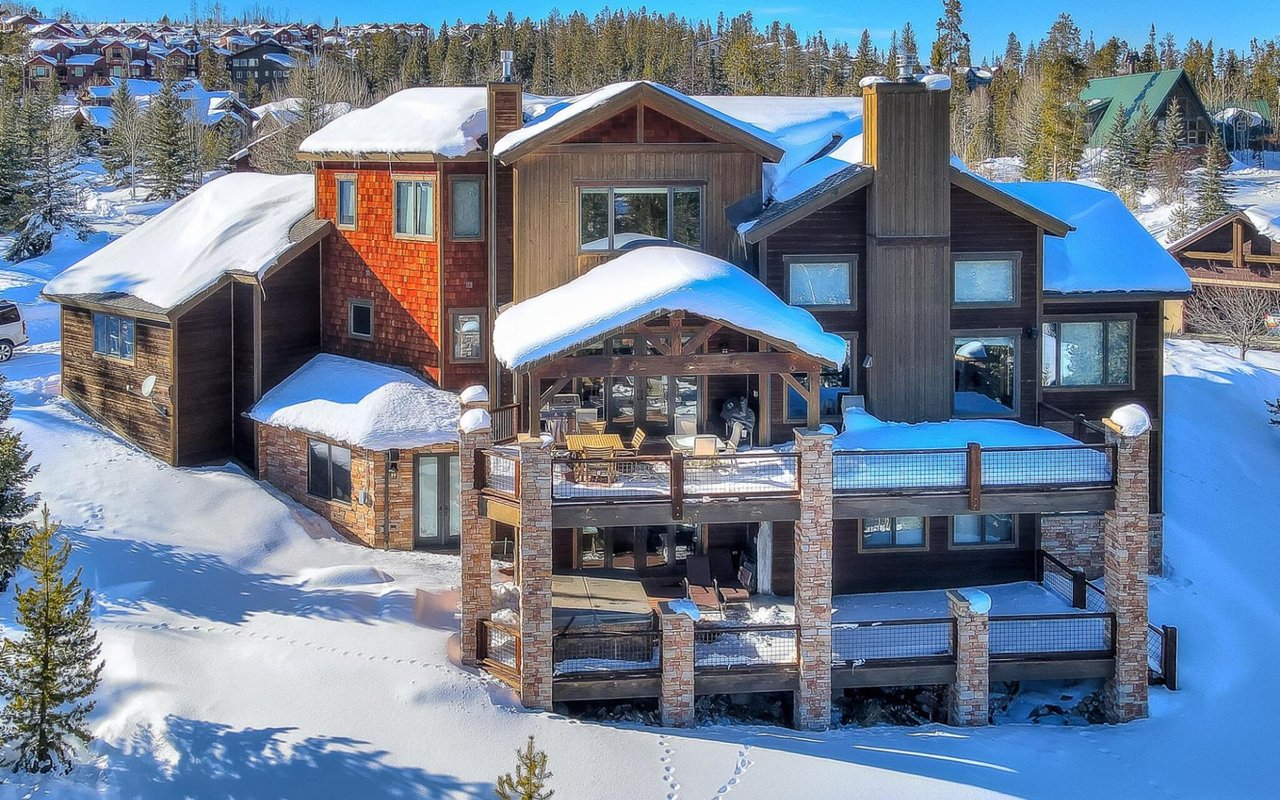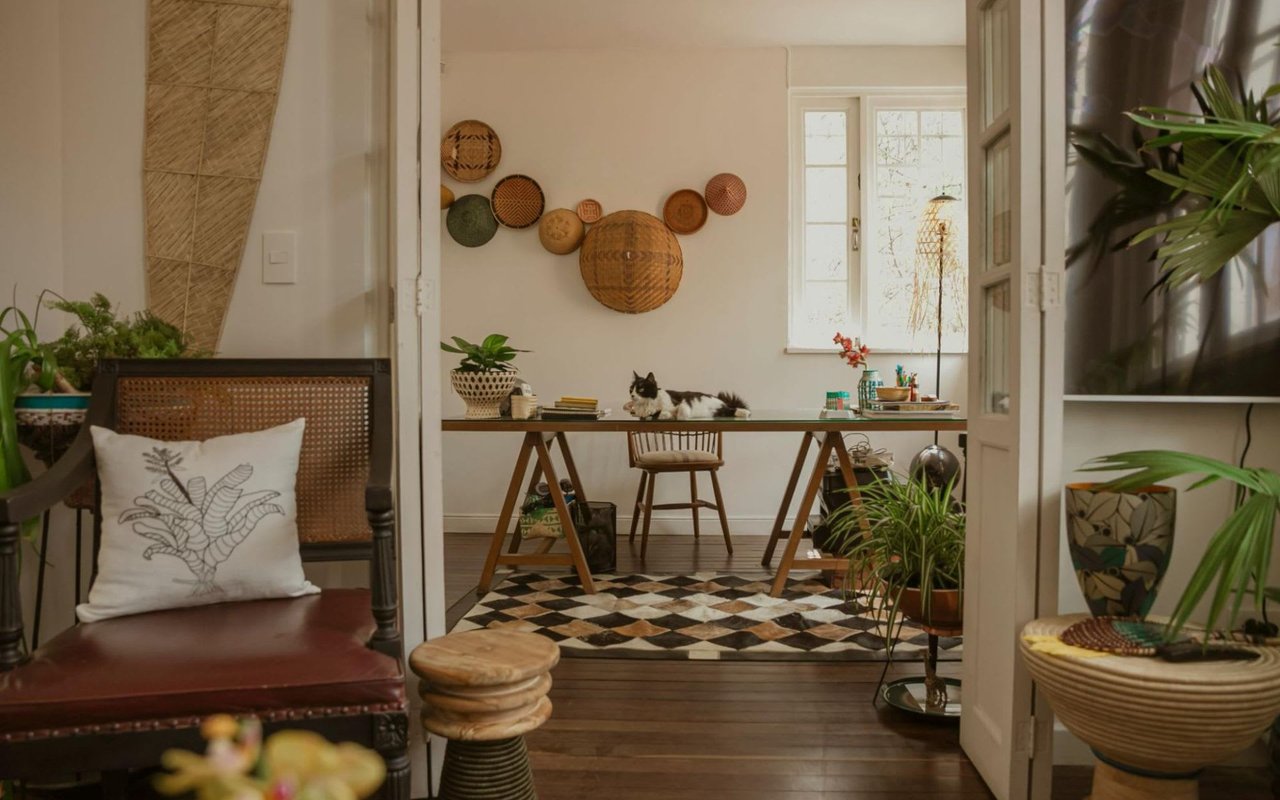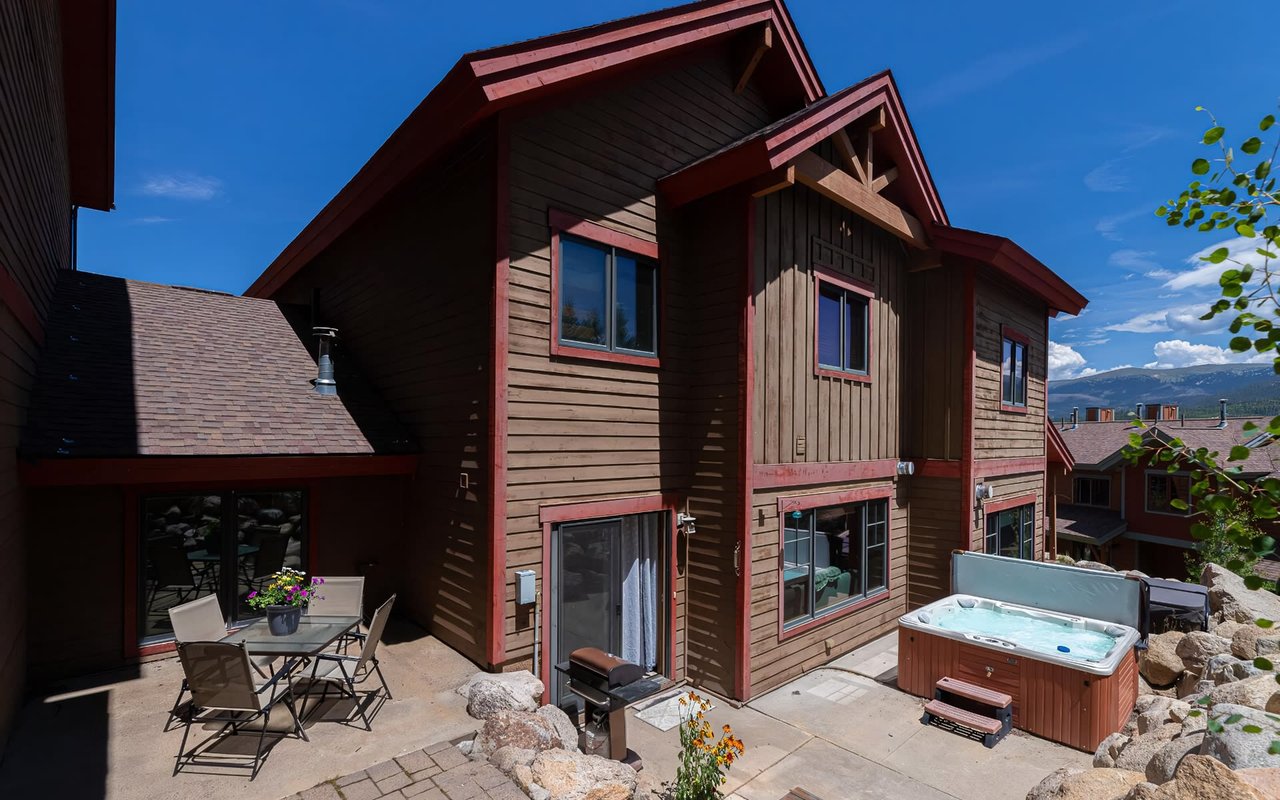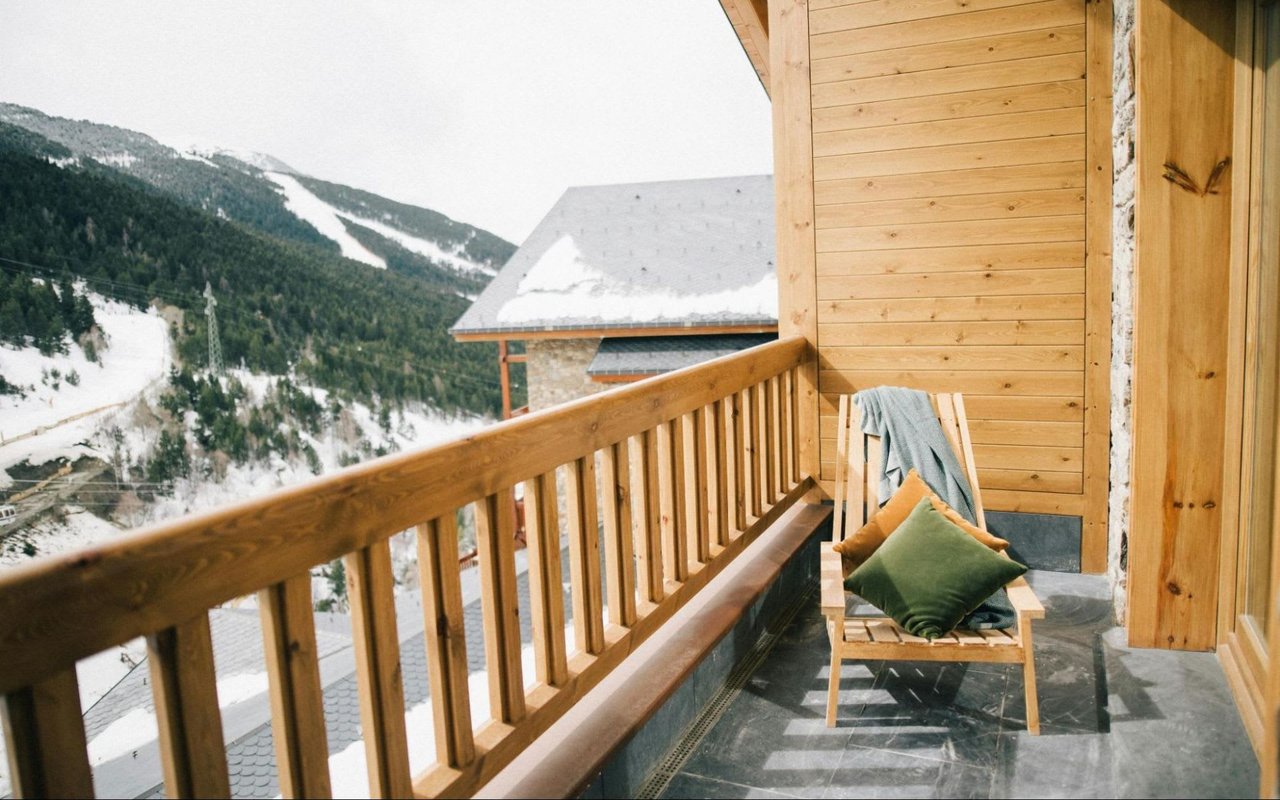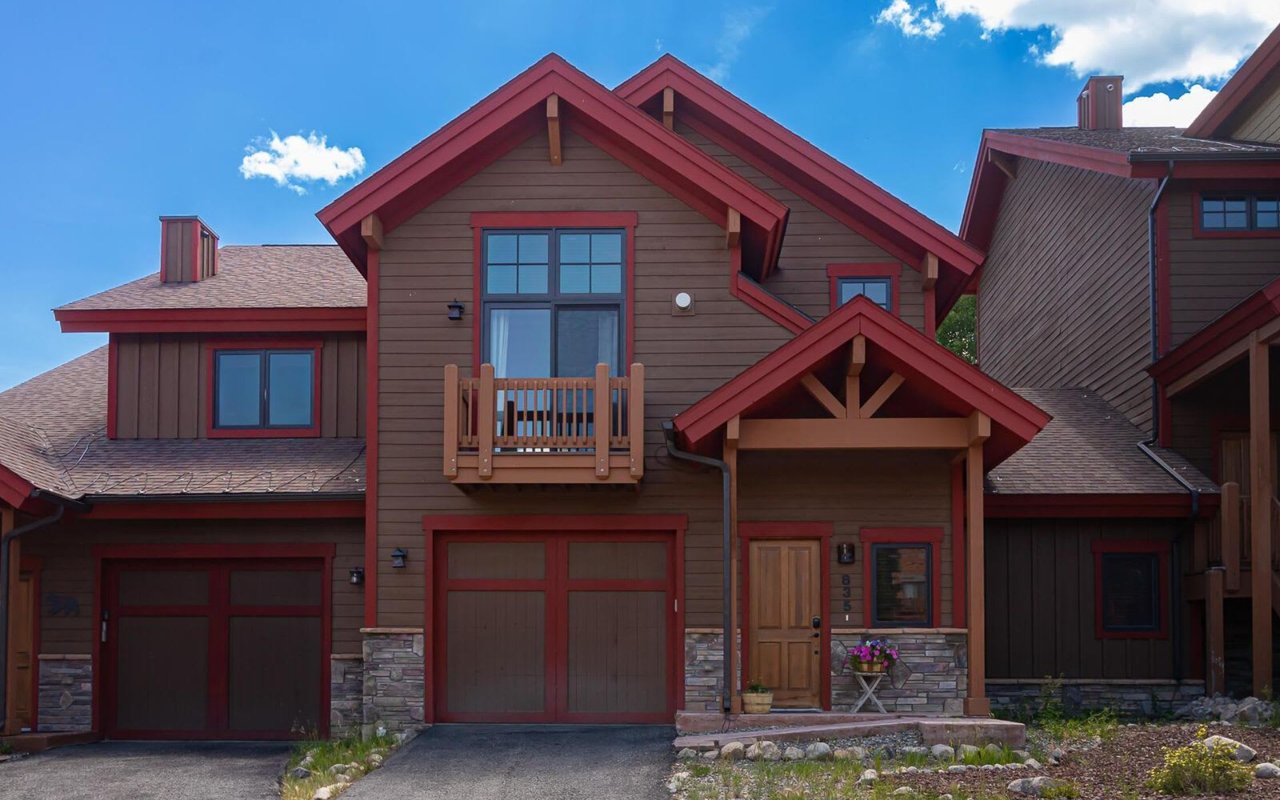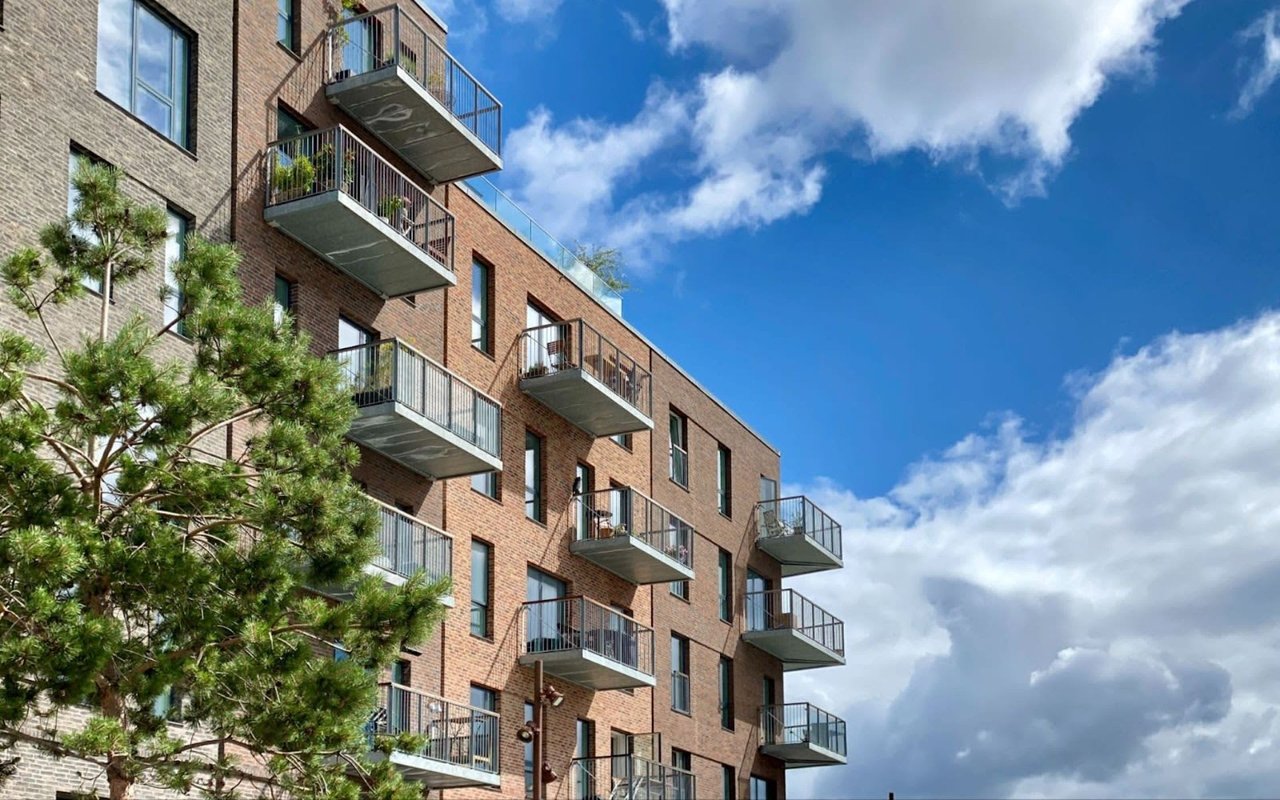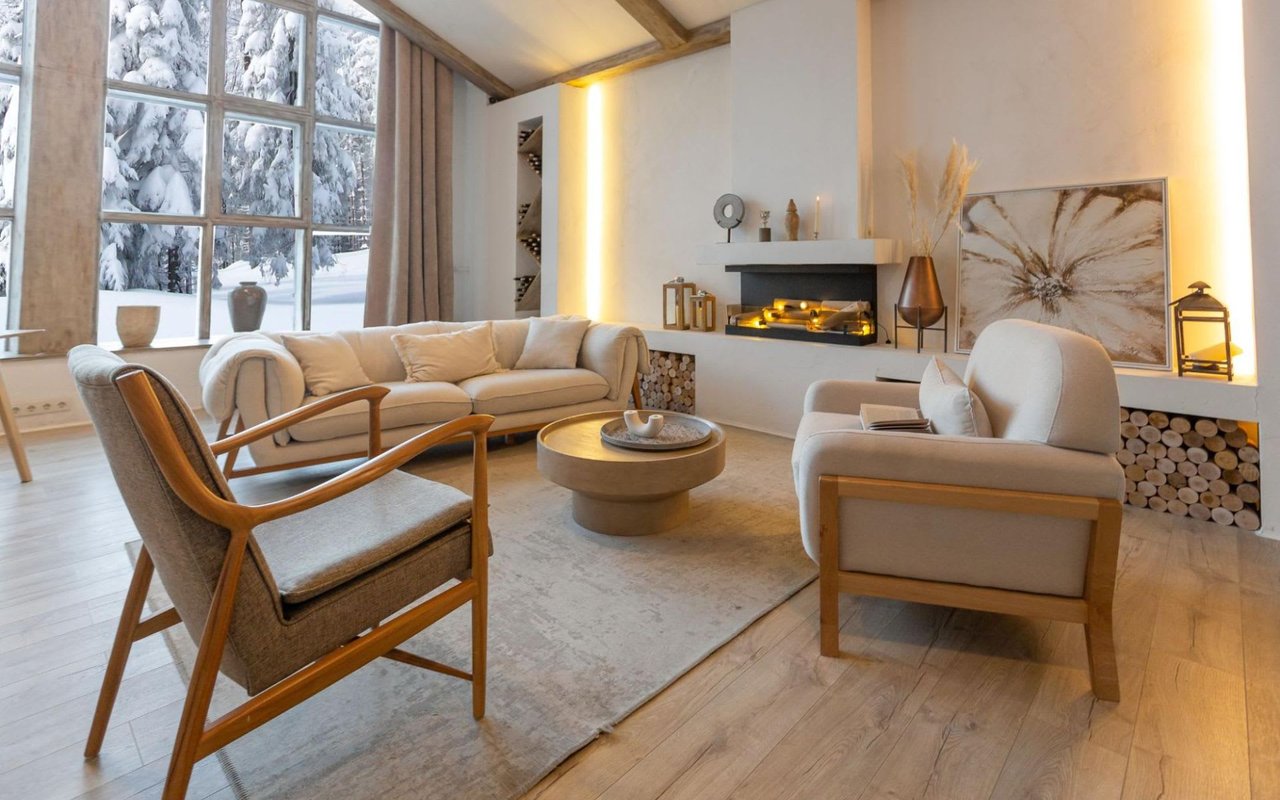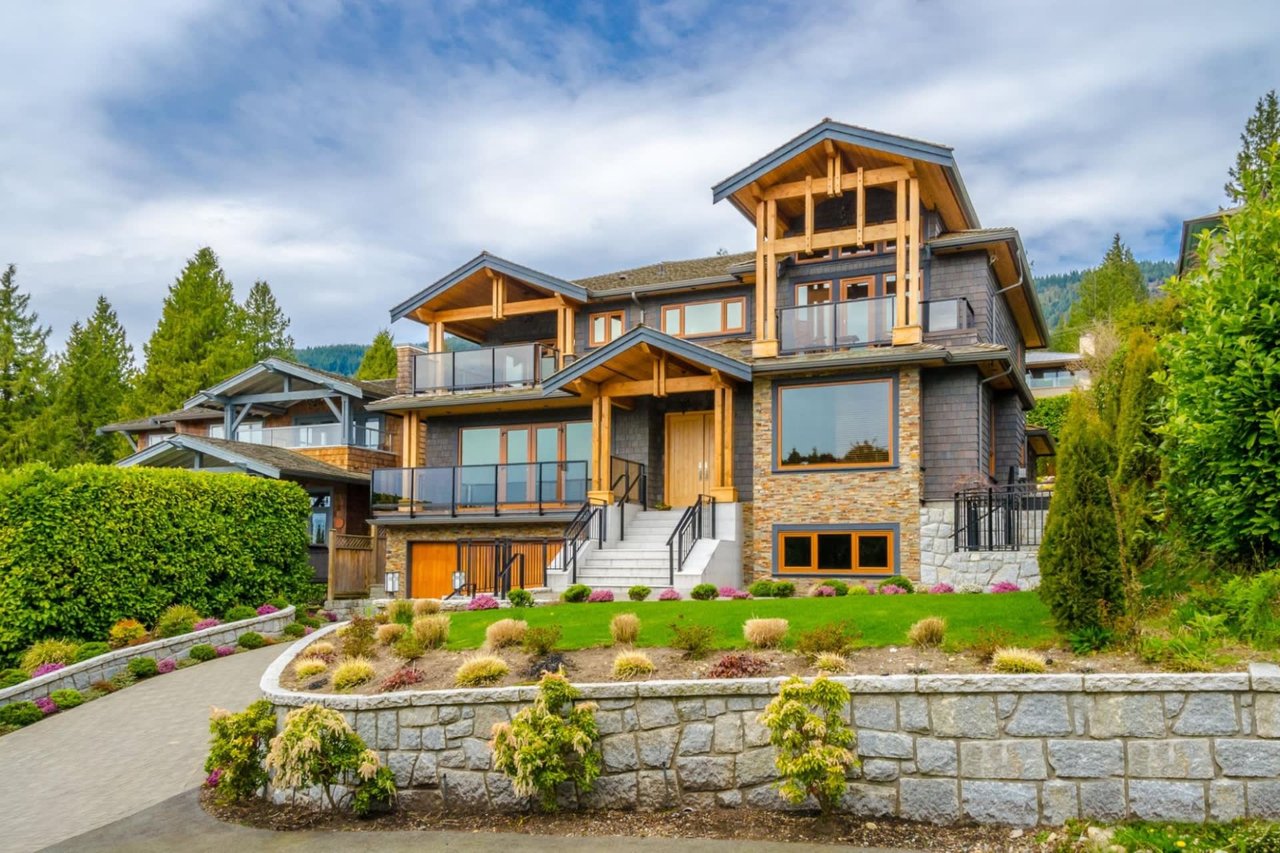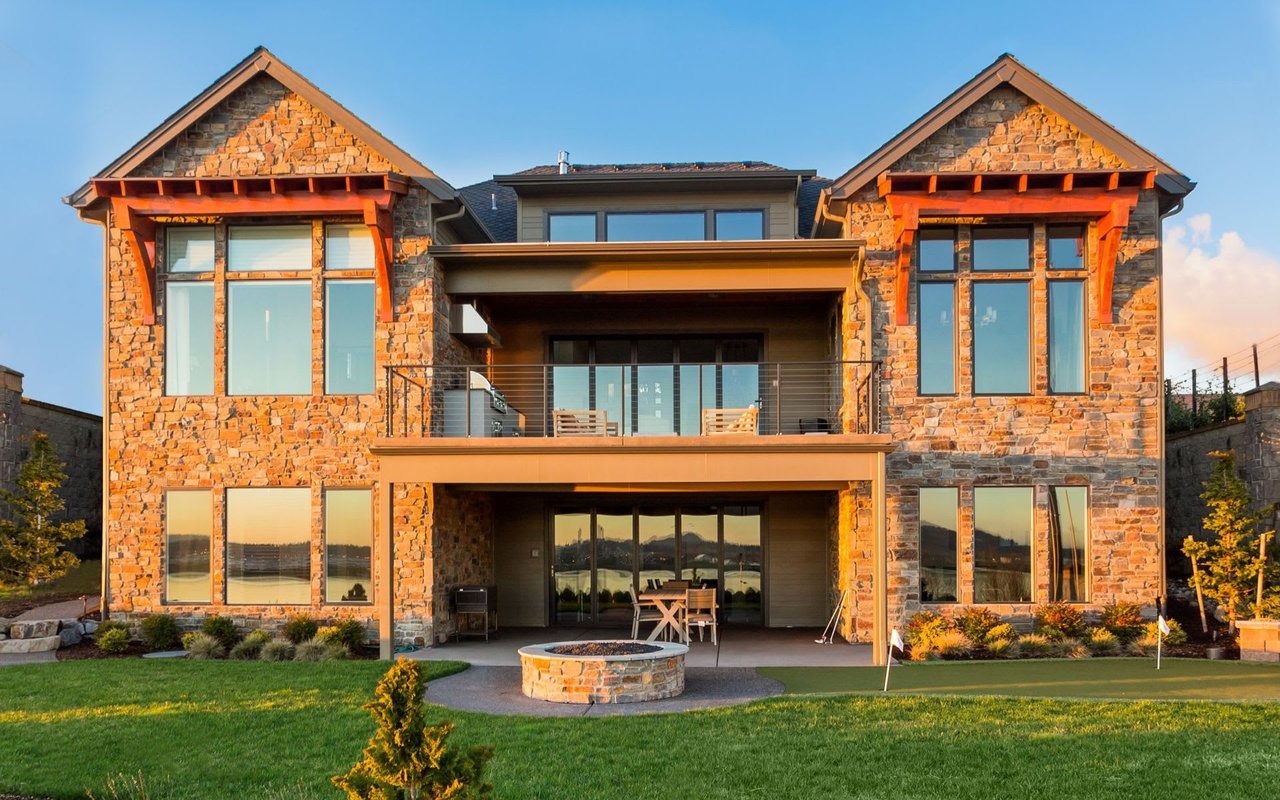Selecting paint colors for a home goes far beyond personal preference or trending design palettes. Color has a measurable psychological and emotional impact, influencing how we feel, think, and interact within a space. Whether preparing a property for sale or enhancing the day-to-day atmosphere of your living environment, understanding how to choose colors for a room is a key part of thoughtful design—and in a place like Winter Park, Colorado, where natural surroundings inspire much of the local architecture and interior style, color choices can significantly elevate the look and feel of any home.
Color science, or chromatics, examines the interaction between hues, lighting, perception, and spatial behavior. In real estate, this knowledge is increasingly applied to create spaces that feel balanced, inviting, and aligned with each room’s purpose. For homeowners in Winter Park—many of whom are working with open-concept layouts, high ceilings, and generous natural light—color selection is also a powerful tool to frame views, create warmth in colder months, and distinguish multifunctional areas without breaking up the flow of space.
Whether you're designing a new home, updating interiors before listing, or simply aiming to refresh your space, this guide offers an evidence-based approach to how to choose colors for a room with intention, sophistication, and market appeal.
Start with Natural Light and Orientation
In mountain homes throughout Winter Park, daylight plays a central role in color perception. North-facing rooms typically receive cooler, indirect light, which can amplify blue or gray undertones. Warmer hues—such as soft taupes, buttery creams, or muted terracottas—can help balance the natural coolness of this exposure and create a more comfortable feel.
South-facing rooms benefit from warm, consistent light throughout the day. These rooms can accommodate bolder or cooler tones without appearing stark or flat. East-facing spaces, which receive bright morning light, often look best in gentle yellows, greens, or blushes that reflect and enhance early sunlight. West-facing rooms, with golden evening light, can intensify warm hues and deepen reds or browns—making neutrals or soft blues more suitable to avoid an overly saturated appearance by sunset.
Understanding the role of light is foundational when learning how to choose colors for a room, particularly in homes where large windows and outdoor views are prominent design features.
South-facing rooms benefit from warm, consistent light throughout the day. These rooms can accommodate bolder or cooler tones without appearing stark or flat. East-facing spaces, which receive bright morning light, often look best in gentle yellows, greens, or blushes that reflect and enhance early sunlight. West-facing rooms, with golden evening light, can intensify warm hues and deepen reds or browns—making neutrals or soft blues more suitable to avoid an overly saturated appearance by sunset.
Understanding the role of light is foundational when learning how to choose colors for a room, particularly in homes where large windows and outdoor views are prominent design features.
Consider Function and Emotional Tone
Every room in a home serves a different purpose, and the color palette should support that function. Bedrooms, for instance, benefit from calming, cool shades like soft blues, lavenders, or pale greens that promote rest and relaxation. Living areas, especially in a winter climate like Winter Park’s, may feel more welcoming with warm neutrals, earth tones, or even rich jewel tones that provide visual comfort and contrast against snowy backdrops.
Kitchens and dining spaces often work well with lighter, brighter tones that encourage energy and cleanliness—think off-whites, light grays, or sage greens. These shades reflect light effectively, especially in open floor plans where the kitchen connects to multiple spaces.
Bathrooms offer an opportunity for spa-like palettes. Soft grays, seafoam, and even stone-inspired hues can elevate small or utilitarian spaces. Conversely, accent walls or cabinetry in navy, charcoal, or forest green can bring drama to guest baths or powder rooms.
Understanding how to choose colors for a room is often about aligning emotion with purpose—whether it’s creating tranquility, encouraging conversation, or framing scenic mountain views.
Kitchens and dining spaces often work well with lighter, brighter tones that encourage energy and cleanliness—think off-whites, light grays, or sage greens. These shades reflect light effectively, especially in open floor plans where the kitchen connects to multiple spaces.
Bathrooms offer an opportunity for spa-like palettes. Soft grays, seafoam, and even stone-inspired hues can elevate small or utilitarian spaces. Conversely, accent walls or cabinetry in navy, charcoal, or forest green can bring drama to guest baths or powder rooms.
Understanding how to choose colors for a room is often about aligning emotion with purpose—whether it’s creating tranquility, encouraging conversation, or framing scenic mountain views.
Balance Trends with Timeless Appeal
While design trends evolve, foundational color principles remain consistent. Many buyers in Winter Park are looking for turnkey properties with updated interiors that feel fresh but not overly trendy. Neutral palettes—such as greige (gray-beige), ivory, soft taupe, and light gray—continue to dominate in homes with resale value in mind.
However, color trends can also be used strategically. Moody hues like deep blue, forest green, and charcoal have gained popularity for accent walls, offices, and dens. These colors create intimacy and contrast, especially when paired with natural textures like wood, stone, or metal that are commonly found in mountain homes.
When considering how to choose colors for a room, homeowners should think about longevity and how well the palette will age with the home’s finishes and furnishings. Subtle undertones—like a warm gray with a hint of green or a white with a cream base—can offer greater depth and versatility than pure, primary colors.
However, color trends can also be used strategically. Moody hues like deep blue, forest green, and charcoal have gained popularity for accent walls, offices, and dens. These colors create intimacy and contrast, especially when paired with natural textures like wood, stone, or metal that are commonly found in mountain homes.
When considering how to choose colors for a room, homeowners should think about longevity and how well the palette will age with the home’s finishes and furnishings. Subtle undertones—like a warm gray with a hint of green or a white with a cream base—can offer greater depth and versatility than pure, primary colors.
Coordinate Color Flow Throughout the Home
In open-concept homes or those with visible sightlines between multiple rooms, it’s important to create a sense of continuity. This doesn’t mean using the same paint in every room, but rather selecting colors that complement each other and guide the eye naturally from one space to another.
One method is to choose a consistent undertone—such as warm beige or cool gray—and use it across all walls, while adding variation through accent walls, trim, or cabinetry. Alternatively, a monochromatic scheme using multiple shades of the same base color can create subtle contrast while maintaining a cohesive feel.
Transitional areas such as hallways, stairwells, or entryways are ideal places for anchoring neutrals. These spaces often connect stronger color statements in adjacent rooms and should serve as visual breathing space.
Coordinating color flow is a crucial consideration in how to choose colors for a room, especially in luxury properties where balance and refinement are key selling points.
One method is to choose a consistent undertone—such as warm beige or cool gray—and use it across all walls, while adding variation through accent walls, trim, or cabinetry. Alternatively, a monochromatic scheme using multiple shades of the same base color can create subtle contrast while maintaining a cohesive feel.
Transitional areas such as hallways, stairwells, or entryways are ideal places for anchoring neutrals. These spaces often connect stronger color statements in adjacent rooms and should serve as visual breathing space.
Coordinating color flow is a crucial consideration in how to choose colors for a room, especially in luxury properties where balance and refinement are key selling points.
Don’t Overlook Finishes and Sheen
Paint color is only part of the equation—finish and sheen also impact how color is perceived and how well it performs. Matte or flat finishes are excellent for ceilings and walls in low-traffic areas, offering a soft, contemporary appearance. Eggshell and satin finishes are more durable and easier to clean, making them ideal for living rooms, hallways, and bedrooms.
For bathrooms, kitchens, or trim work, semi-gloss or high-gloss finishes can add light reflectivity and moisture resistance. These finishes can subtly alter the depth of the paint color, particularly in darker hues or spaces with artificial lighting.
When thinking about how to choose colors for a room, homeowners should consider where and how the paint will be used, ensuring that the finish supports the function and maintains its appearance over time.
For bathrooms, kitchens, or trim work, semi-gloss or high-gloss finishes can add light reflectivity and moisture resistance. These finishes can subtly alter the depth of the paint color, particularly in darker hues or spaces with artificial lighting.
When thinking about how to choose colors for a room, homeowners should consider where and how the paint will be used, ensuring that the finish supports the function and maintains its appearance over time.
Test Before You Commit
Paint color is affected by light, surrounding materials, and time of day. Even professional designers recommend testing colors on multiple walls in each room before committing to a full repaint. Sampling two to three hues side by side and observing them over several days can provide clarity and confidence in your decision.
In Winter Park, where weather shifts can dramatically alter natural light levels, it’s even more important to see how a color performs during both sunny and overcast conditions. Snow-covered landscapes outside a window can reflect light into a room and make colors appear cooler than they do in summer.
Paint test patches help take the guesswork out of how to choose colors for a room and ensure that final selections are both visually pleasing and functionally appropriate.
In Winter Park, where weather shifts can dramatically alter natural light levels, it’s even more important to see how a color performs during both sunny and overcast conditions. Snow-covered landscapes outside a window can reflect light into a room and make colors appear cooler than they do in summer.
Paint test patches help take the guesswork out of how to choose colors for a room and ensure that final selections are both visually pleasing and functionally appropriate.
How to Choose Colors for a Room with Market Appeal
For homeowners preparing to sell, color choices are even more critical. Neutral, warm tones tend to have the broadest appeal, allowing prospective buyers to envision their own furnishings and style within the space. While bold colors may reflect personal taste, they can sometimes distract or limit buyer interest.
In high-end real estate, buyers increasingly seek homes that feel curated and well-maintained. Thoughtful paint selections that reflect current design sensibilities while respecting the home’s architectural context can enhance perceived value and create a memorable first impression.
Even a simple refresh of trim and walls can add new life to a home—making color selection a low-cost, high-impact improvement strategy.
In high-end real estate, buyers increasingly seek homes that feel curated and well-maintained. Thoughtful paint selections that reflect current design sensibilities while respecting the home’s architectural context can enhance perceived value and create a memorable first impression.
Even a simple refresh of trim and walls can add new life to a home—making color selection a low-cost, high-impact improvement strategy.
Work With John Sanderson to Enhance Every Room in Your Winter Park Home
If you're preparing to sell, renovate, or personalize your mountain home, understanding how to choose colors for a room can have a transformative effect on mood, presentation, and value. For expert guidance tailored to the unique character of Winter Park properties, contact John Sanderson. With years of experience in luxury real estate and a deep appreciation for design, John helps clients align style with market expectations to achieve beautiful and successful outcomes.
